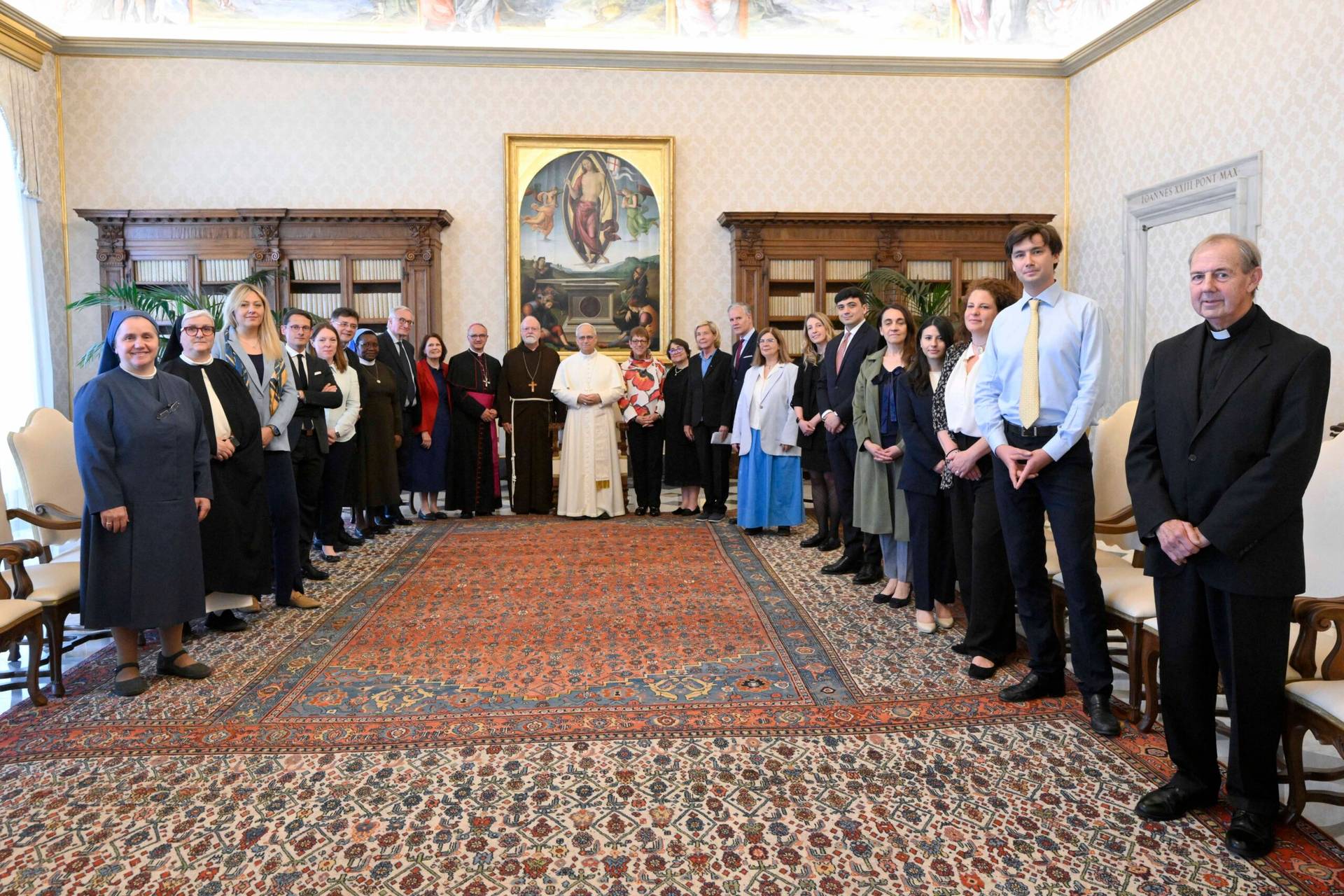ROME – Heading into the much-heralded Synod of Bishops on the Amazon, there was considerable speculation about whether the summit would, or would not, endorse married priests, the so-called viri probati, as a solution to the region’s chronic priest shortages.
Along the way, there was also a fair bit of chatter about ordaining women deacons as a way of recognizing the critical role of women in the Church, as well as creating a special “Amazon rite” of the Mass to recognize the dignity of indigenous cultures. All three ideas generated enthusiasm but also blowback, and they became emblematic of the summit’s importance.
If the measure of the outcome of an event is how it handles such issues, then one has to say of the Amazon synod that its main conclusions appear to leave an awful lot on Pope Francis’s plate.
In the final document of the synod released Saturday night Rome time, the 184 voting members, mostly bishops from the nine countries that contain a share of the Amazon rainforest, appeared to offer cautious approval to all three ideas – married priests, women deacons and an Amazon rite – but with an emphasis on “caution.”
Some of that was actually anti-climactic, since Francis himself drew the synod to a close by insisting that it would be a mistake to focus on internal Church debates, saying the emphasis instead should be on the fate of the Amazon itself.
RELATED: Pope at synod’s close: Don’t focus on Church debates but the Amazon
On married priests, the synod gave a thumbs-up, but with dissent.
“We propose to establish criteria and provisions … to ordain priests suitable and esteemed men of the community, who have a fruitful permanent diaconate and receive an adequate formation for the priesthood, having a legally constituted and stable family, to sustain the life of the Christian community,” the final document said.
That codicil, however, passed with 128 votes in favor and 41 against, the most significant pocket of “no” votes in the text.
In addition, there was an important clause in the final line of the section: “In this regard, some were in favor of a more universal approach to the subject,” the document said.
Probably, that clause reflected an argument by some participants inside and outside the synod that a decision on a discipline of the entire Latin Church, meaning Catholicism apart from the 23 Eastern rite churches in communion with Rome, could not be made by a synod focused on just one region of the world.
Thus, a bishop opposed to the idea of an expansion of married priests could also have voted for the paragraph, thinking his position would prevail in a more universal gathering.
In general, dissenting votes on sections of the final document generally numbered in the single digits, and the next highest cluster of “no’s” was on section 30 – which, as it happens, was the section on women deacons.
“In a large number of consultations, the permanent diaconate for women was requested,” the document said, referring to input collected during the two-year lead-up to the Amazon synod.
“For this reason, the theme was important during the synod,” it said. “Already in 2016, Pope Francis has created a ‘Study Commission on the Diaconate of Women’ which … arrived at a partial result based on what the reality of the diaconate of women was like in the early centuries of the Church and its implications for today.”
“We would therefore like to share our experiences and reflections with the commission, and await its results,” the document said.
Whatever else that may be, it’s certainly not a straight endorsement of the idea of women deacons as some had anticipated.
On the idea of an Amazon rite, the synod once again essentially whiffed.
Having already called for a “new organism” of the Church in the Amazon, a sort of regional synodal structure, the final document called for that organism to “constitute a competent commission to study and dialogue, according to the customs of ancestral peoples, the elaboration of an Amazon rite.”
“This would add to the rites already present in the Church, enriching the work of evangelization, the capacity to express the faith in a proper culture, and the decentralization and collegiality that the catholicity of the Church can express,” it said. “It could also study and propose how to enrich ecclesial rites with the way in which these peoples care for their territory and relate to its waters.”
While that language is clearly favorable to the eventual idea of an Amazon rite, in the end all it calls for is some as-yet inexistent body to study the idea, meaning that the language was hardly a straight up-or-down referendum. Even so, it still attracted 29 dissenting votes.
An earlier paragraph, which in effect compared the idea of an Amazon rite to the existing 23 Eastern rites of the Church, likewise got 27 “no” votes.
The bottom line, therefore, is that on the three most controverted ideas at this synod, the conclusions either called for greater study or offered an affirmative recommendation to the pope but with significant reservations.
In the end, therefore, the Synod of the Bishops on the Amazon has played its consultative function, providing Francis with an x-ray of what this particular collection of prelates from the region think.
As ever, it’s up to the pope to decide – and whatever he opts to do, it’ll be difficult to draw an entirely straight line from this synod to that decision.
Follow John Allen on Twitter: @JohnLAllenJr
Crux is dedicated to smart, wired and independent reporting on the Vatican and worldwide Catholic Church. That kind of reporting doesn’t come cheap, and we need your support. You can help Crux by giving a small amount monthly, or with a onetime gift. Please remember, Crux is a for-profit organization, so contributions are not tax-deductible.


















